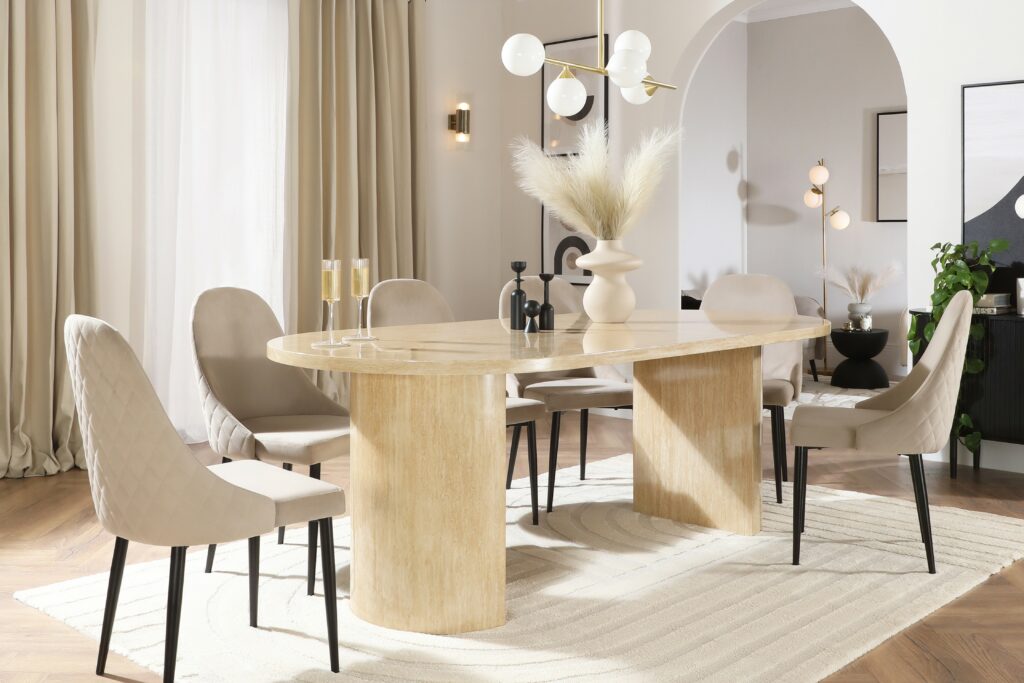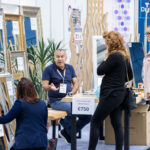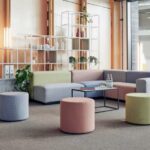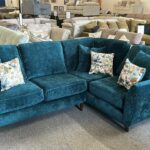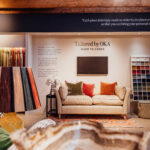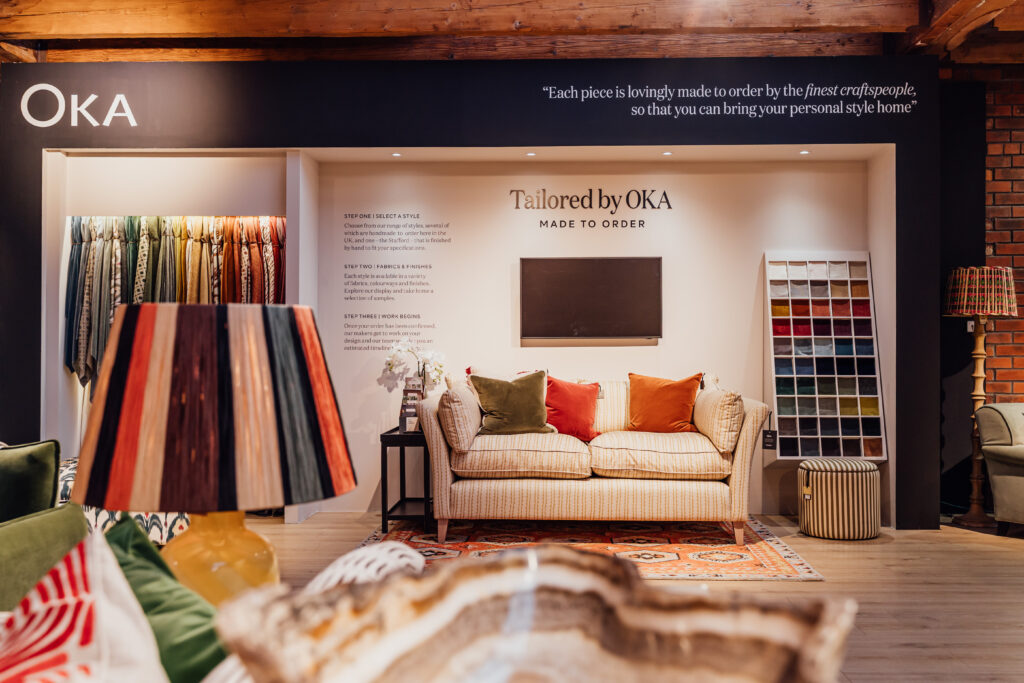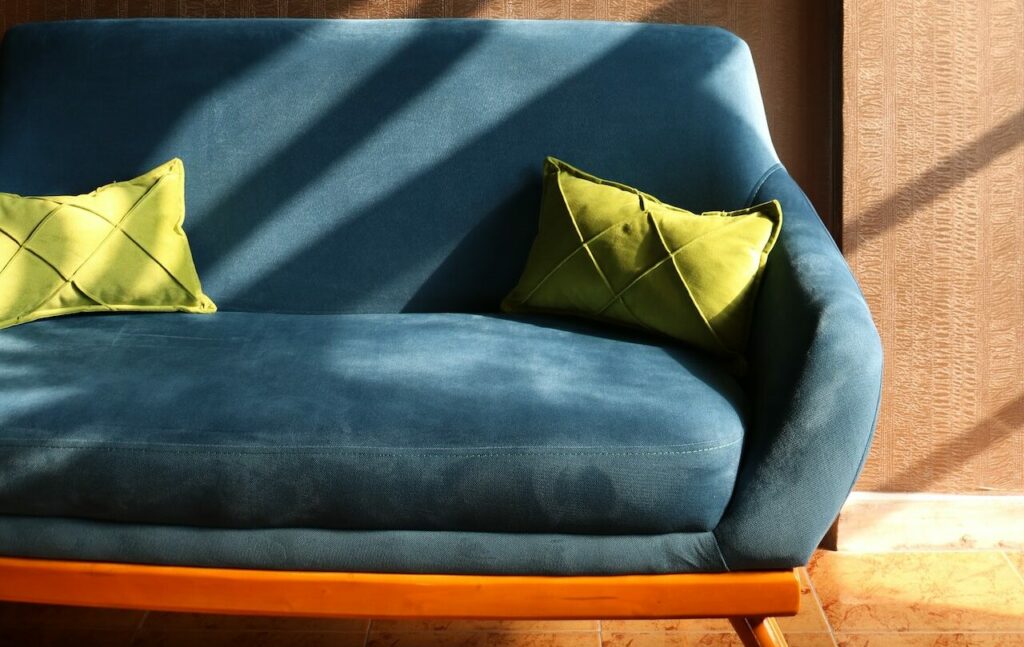Amthal Karim – Head of Design at Furniture And Choice – shares her monthly overview of on-trend styles and interior looks currently inspiring furniture buyers.
As we lounge, work and eat on our all-encompassing cloud sofas and multi-functional kitchen islands it may feel like dining furniture has become increasingly irrelevant in the modern home. However, the dining table is back in a way nobody envisaged — as a design centrepiece.
Modern dining tables are moving away from the traditional rectangle as we embrace open plan living and statement furniture becomes more about aesthetics than functionality.
Round and oval tables are softer in form and more conducive to entertaining and now designers are taking shape to the next level with irregular, asymmetric and sculptural tables — these products are meant to be noticed!
The sculptural influence derives from Biophilic design which has now evolved into the awkwardly named Biomorphism. A key concept at Milan design week this year, Biomorphism is about taking inspiration not just from nature but all living things, for instance feathers, flesh or food.
Combine it with the key elements of evergreen trend Wabi-Sabi – beauty in imperfection and raw materials – and you start to see how organic shapes and fluid silhouettes have become popular.

Furniture design is fusing different forms and shapes, and it’s also becoming more versatile with further interplay of styles as mix-and-match sets become fashionable. It’s becoming less common to buy a matching set of table and chairs as customers curate their individual dining sets by sourcing an exquisite table and spending time finding the perfect chairs to complement it.
Creating your own dining set expresses personality and integrates seamlessly with the rest of your home. The juxtaposition of a curved wooden mid-century chair against a modern, oval table creates stunning, visual drama – but also feels timeless.
Some designers are leaning into an eclectic mix of old and new, combining vintage elements such as prints and painted wood with modern, clean lines. Just don’t take it too far — in a more formal kitchen setting it’s important that the materials of your table are in harmony with your cupboards, whether industrial concrete, traditional wood or modern matt finishes.
And finally, we’re also noticing dining table proportions becoming larger — in open plan spaces there is simply more to fill. We’re seeing more customers choosing custom made seating or benches which work with existing dining tables and chairs — creating depth by using visual layering.
Increasingly, the dining table is being recognised as a focal point within an architectural space — not just somewhere you gather for dinner, but something you design the rest of your life around.


